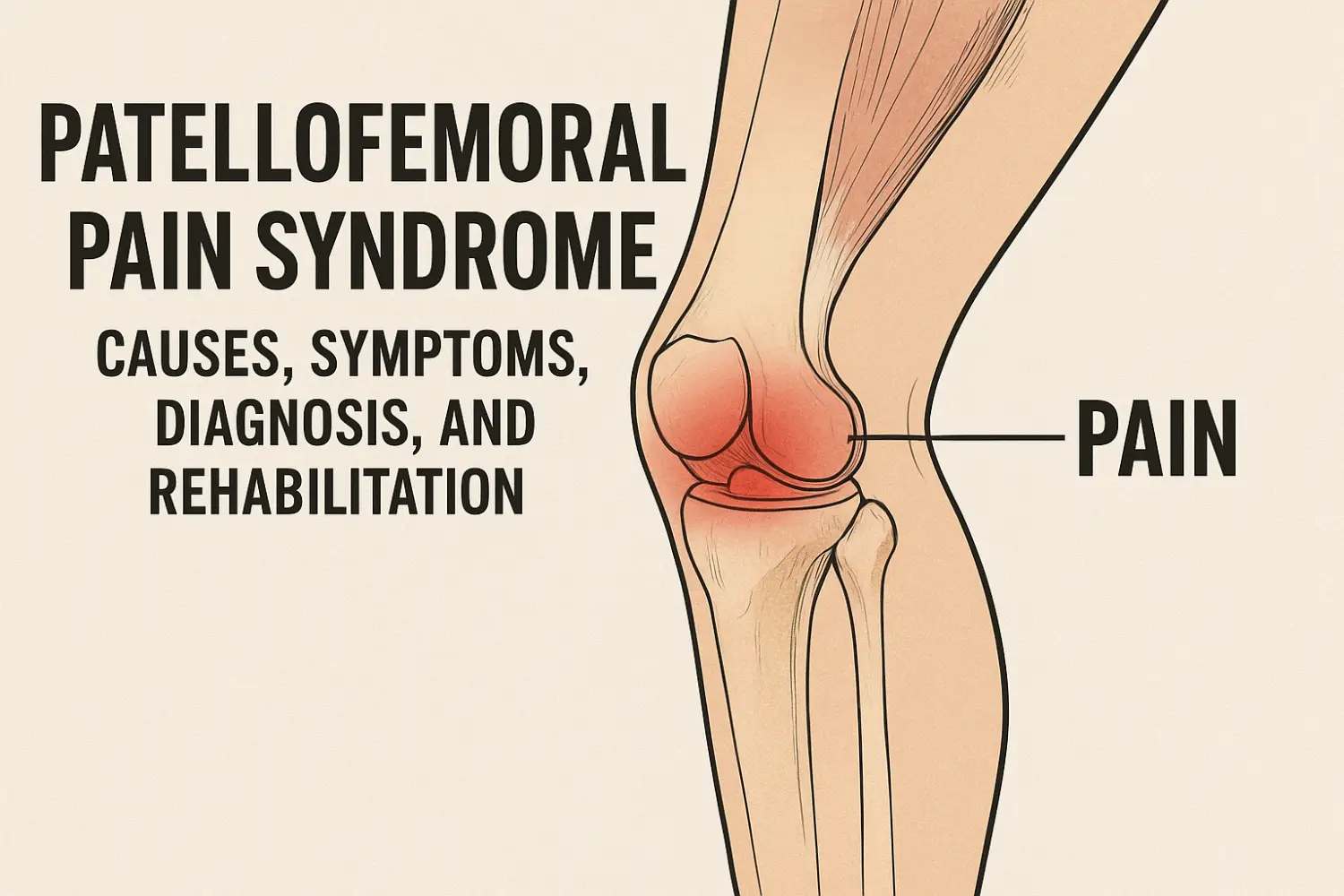Introduction
Parkinson’s disease (PD) is a progressive neurological condition that affects movement, causing symptoms like muscle rigidity, stiffness, and reduced range of motion. One of the most effective non-medication strategies to manage these symptoms is regular stretching and flexibility exercises. These exercises help maintain mobility, reduce discomfort, and improve quality of life. In this article, you’ll learn why stretching is important for Parkinson’s, the top exercises you can do at home, and a simple rehabilitation protocol designed for PD patients.
Why Stretching is Important in Parkinson’s Disease
Parkinson’s disease often leads to:
- Stiff muscles and joints
- Reduced flexibility
- Forward stooped posture
- Difficulty performing daily activities
Stretching helps to combat these issues by:
- Improving muscle elasticity
- Maintaining joint range of motion
- Enhancing balance and coordination
- Reducing pain and stiffness
Best Stretching and Flexibility Exercises for Parkinson’s
Here are 7 highly recommended stretches for Parkinson’s patients, with easy-to-follow instructions.
1. Neck Stretch
- Purpose: Reduces neck stiffness and improves head mobility.
- How to Do:
- Sit or stand upright.
- Slowly tilt your head to the right and hold for 15–20 seconds.
- Repeat on the left side.
- Do 3–5 repetitions per side.
2. Chest Opener (Pectoral Stretch)
- Purpose: Improves posture by opening tight chest muscles.
- How to Do:
- Stand in a doorway with your hands on the frame.
- Step forward gently until you feel a stretch in your chest.
- Hold for 20–30 seconds, repeat 2–3 times.
3. Upper Back Stretch
- Purpose: Relieves stiffness in the upper back and shoulders.
- How to Do:
- Sit on a chair.
- Clasp hands together and extend forward at shoulder height.
- Round your back and push your arms forward.
- Hold for 20 seconds, repeat 3 times.
4. Trunk Rotation Stretch
- Purpose: Improves spinal flexibility.
- How to Do:
- Sit upright with feet flat.
- Rotate your torso to the right as far as comfortable.
- Hold for 15 seconds, repeat on the left.
- Perform 5 reps per side.
5. Hamstring Stretch
- Purpose: Loosens tight thigh muscles for better walking.
- How to Do:
- Sit on the edge of a chair.
- Extend one leg forward with heel on the floor, toes up.
- Lean forward from your hips (keep your back straight) until you feel a stretch.
- Hold 20 seconds, repeat 3 times per leg.
6. Calf Stretch
- Purpose: Improves ankle flexibility, helps prevent foot dragging.
- How to Do:
- Stand facing a wall.
- Step one foot forward, the other back.
- Keep the back leg straight, lean toward the wall.
- Hold 20–30 seconds, repeat 3 times per leg.
7. Shoulder Rolls
- Purpose: Reduces shoulder stiffness.
- How to Do:
- Sit or stand upright.
- Move your shoulders in a backward circular motion 10 times.
- Then roll them forward 10 times.
Rehabilitation Protocol
| Component | Frequency |
| Stretching | Daily, 15–30 min |
| Hold per stretch | 15–30 seconds |
| Repetitions | 2–3 per exercise |
| Combine with | Aerobic & balance exercises |
Tip: Always perform stretches after a light warm-up (e.g., walking for 5 minutes).
FAQs
- Q1: Can stretching slow Parkinson’s progression?
Stretching doesn’t stop disease progression but helps manage symptoms and maintain function. - Q2: How often should I stretch?
Daily stretching is ideal for Parkinson’s patients. - Q3: Is it safe to stretch without a therapist?
Yes, if done correctly. Use support if you have balance issues.
Conclusion
Stretching and flexibility exercises are simple, safe, and effective tools to reduce stiffness and improve mobility in Parkinson’s disease. Combine these exercises with aerobic activity, strength training, and balance exercises for the best results.





